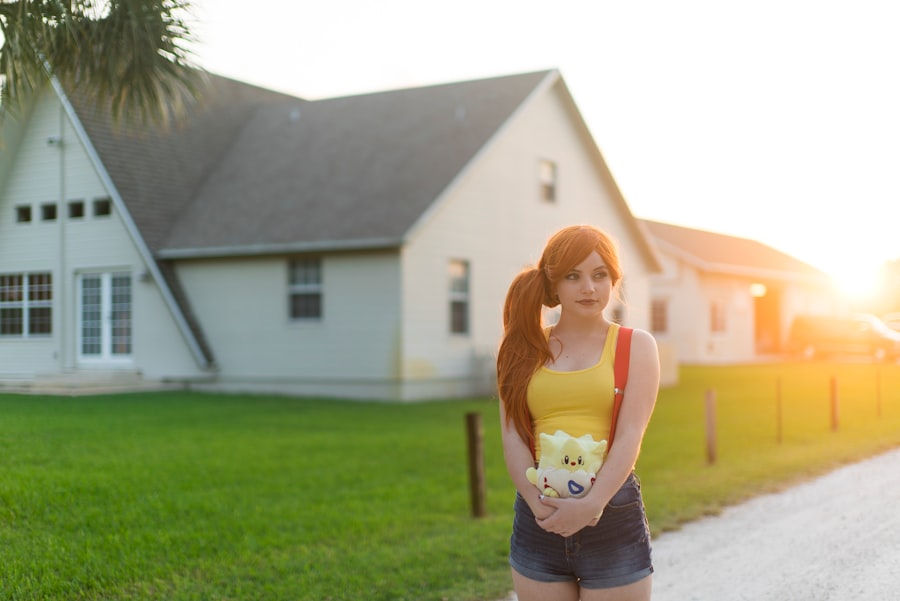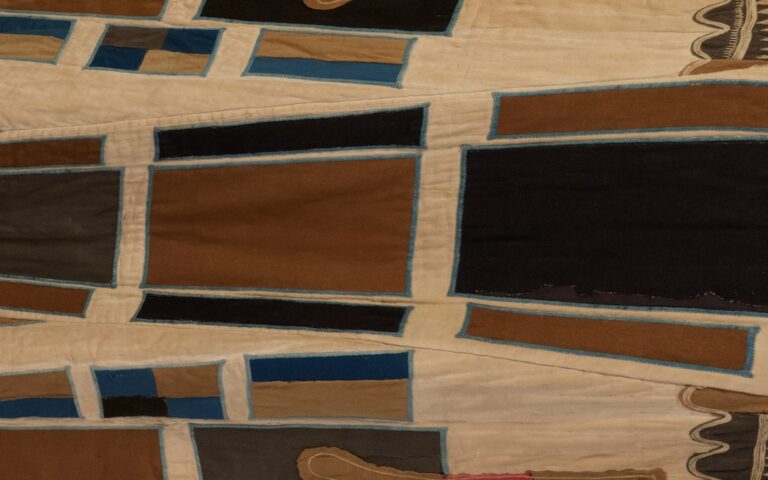Studio Ghibli is renowned for its distinctive artistic style, which seamlessly blends traditional hand-drawn animation with innovative techniques that breathe life into its enchanting worlds. The studio’s founders, Hayao Miyazaki and Isao Takahata, have cultivated a visual language that is both intricate and expressive, characterized by lush landscapes, meticulously crafted characters, and a vibrant color palette. One of the hallmarks of Ghibli’s animation is its attention to detail; every frame is a work of art, often resembling a painting in motion.
This dedication to craftsmanship is evident in films like “Spirited Away,” where the ethereal beauty of the spirit world is brought to life through fluid animation and rich textures. In addition to its visual splendor, Studio Ghibli employs a variety of animation techniques that enhance storytelling. The use of hand-drawn animation allows for a level of expressiveness that computer-generated imagery often struggles to replicate.
For instance, the way characters’ emotions are conveyed through subtle facial expressions and body language adds depth to their personalities. Furthermore, Ghibli often incorporates elements of nature into its animation, using wind, water, and light to create dynamic scenes that evoke a sense of wonder. The studio’s commitment to blending realism with fantasy results in a unique aesthetic that captivates audiences of all ages, making each film a visual feast that invites viewers to immerse themselves in its magical realms.
Key Takeaways
- Studio Ghibli’s artistic style and animation techniques are known for their attention to detail and hand-drawn animation, creating a unique and visually stunning experience.
- Love, friendship, and resilience are recurring themes in Studio Ghibli movies, showcasing the importance of human connections and the strength to overcome challenges.
- The nostalgic and whimsical soundtracks of Studio Ghibli films add depth and emotion to the storytelling, enhancing the overall magical and enchanting experience.
- Studio Ghibli movies are praised for their detailed and heartwarming character development, creating relatable and memorable characters that resonate with audiences.
- The cozy and enchanting settings of Studio Ghibli films transport viewers to magical worlds filled with wonder and beauty, adding to the overall charm of the movies.
- Studio Ghibli movies have a universal appeal and timeless charm, captivating audiences of all ages with their captivating storytelling and enchanting visuals.
The Themes of Love, Friendship, and Resilience in Studio Ghibli Movies
The Power of Familial Love
In “My Neighbor Totoro,” for example, the bond between sisters Satsuki and Mei exemplifies the power of familial love in the face of adversity.
This narrative not only highlights the importance of familial connections but also emphasizes the strength that can be drawn from companionship during difficult times.
Resilience in the Face of Adversity
Resilience is another recurring theme in Ghibli’s storytelling. Characters often face daunting obstacles that test their courage and determination. In “Princess Mononoke,” for instance, Ashitaka embarks on a quest to find a cure for his curse while navigating the conflict between nature and industrialization. His journey is marked by encounters with various characters who embody different perspectives on coexistence and conflict.
A Timeless Message
Through Ashitaka’s unwavering resolve to seek understanding and harmony, the film conveys a powerful message about the importance of resilience in the face of societal challenges. This thematic richness not only engages viewers but also encourages them to reflect on their own lives and relationships.
The Nostalgic and Whimsical Soundtracks of Studio Ghibli Films

The soundtracks of Studio Ghibli films play an integral role in shaping the emotional landscape of each story. Composed primarily by Joe Hisaishi, the music captures the whimsical essence of Ghibli’s narratives while evoking nostalgia and wonder. Hisaishi’s compositions are characterized by their melodic beauty and emotional depth, often blending orchestral arrangements with traditional Japanese instruments.
In “Spirited Away,” for instance, the hauntingly beautiful score enhances the film’s dreamlike quality, drawing viewers into Chihiro’s enchanting journey through the spirit world. The use of music in Ghibli films extends beyond mere background accompaniment; it serves as a narrative device that enriches character development and thematic exploration. In “Howl’s Moving Castle,” the score reflects the emotional turmoil experienced by Sophie as she navigates her transformation and her relationship with Howl.
The music shifts seamlessly between moments of joy and melancholy, mirroring Sophie’s internal struggles and growth throughout the film. This intricate interplay between sound and story creates an immersive experience that lingers long after the credits roll, leaving audiences with a sense of nostalgia for the worlds they have just explored.
The Detailed and Heartwarming Character Development in Studio Ghibli Movies
Character development is one of the defining features of Studio Ghibli films, where protagonists undergo significant transformations that resonate with viewers on a personal level. The studio excels at crafting multi-dimensional characters who grapple with their fears, desires, and moral dilemmas. In “Kiki’s Delivery Service,” Kiki embarks on her journey toward independence as a young witch.
Throughout her adventures, she faces self-doubt and challenges that test her abilities and resolve. Her growth from a naive girl into a confident young woman is portrayed with sensitivity and authenticity, allowing audiences to connect with her struggles and triumphs. Moreover, Ghibli films often feature complex antagonists who are not merely evil but rather embody conflicting motivations and emotions.
In “The Wind Rises,” Jiro Horikoshi is depicted as a passionate aeronautical engineer whose dreams are intertwined with the harsh realities of war. His character grapples with ethical dilemmas surrounding his creations, prompting viewers to reflect on the implications of ambition and innovation. This nuanced approach to character development enriches the narrative landscape of Ghibli films, inviting audiences to engage with characters who are relatable and flawed, ultimately fostering empathy and understanding.
The Cozy and Enchanting Settings of Studio Ghibli Films
The settings in Studio Ghibli films are often characterized by their cozy charm and enchanting beauty, transporting viewers to fantastical realms that feel both familiar and otherworldly. From lush forests to bustling towns, each location is meticulously crafted to evoke a sense of wonder and nostalgia. In “Castle in the Sky,” for instance, the floating island of Laputa is depicted as a breathtaking paradise filled with vibrant flora and intricate architecture.
The attention to detail in these settings not only enhances the visual experience but also serves as a backdrop for character interactions and thematic exploration. Nature plays a significant role in establishing the atmosphere of Ghibli films, often reflecting the emotional states of characters or symbolizing broader themes. In “My Neighbor Totoro,” the rural landscape serves as a sanctuary for Satsuki and Mei, providing solace amidst their struggles.
The film’s depiction of nature is imbued with magic; Totoro himself embodies the spirit of the forest, reminding viewers of the interconnectedness between humanity and the natural world. This harmonious relationship between characters and their environments creates an immersive experience that invites audiences to appreciate the beauty of both fantasy and reality.
The Universal Appeal and Timeless Charm of Studio Ghibli Movies

Timeless Charm and Character Development
This timeless charm is evident in classics like “The Secret World of Arrietty,” where themes of belonging and understanding are explored through the eyes of tiny beings living in a human world. Moreover, Studio Ghibli’s commitment to storytelling that prioritizes character development over formulaic plots sets it apart from mainstream animation. Each film invites viewers into richly woven narratives that encourage introspection and emotional engagement.
A Unique Viewing Experience
The studio’s ability to blend fantasy with relatable human experiences creates a unique viewing experience that resonates long after the film ends. As audiences revisit these films throughout their lives, they often find new layers of meaning that reflect their own growth and changing perspectives.
A Celebration of Life and Storytelling
In conclusion, Studio Ghibli’s artistic style, thematic depth, enchanting soundtracks, detailed character development, cozy settings, and universal appeal combine to create an unparalleled cinematic experience that continues to captivate audiences worldwide. Each film serves as a testament to the power of storytelling in its most beautiful form—one that transcends time and space while celebrating the intricacies of life itself.
If you enjoy exploring the intersection of art and philosophy, you may also be interested in reading about the principles of mathematics and the philosophy of mathematics. This article delves into the deep connections between mathematics and philosophy, offering a thought-provoking perspective on the subject. Check it out com/principals-of-mathematics-philosophy-of-mathematics/’>here.
FAQs
What is Studio Ghibli?
Studio Ghibli is a Japanese animation film studio known for its high-quality animated films, including classics such as “My Neighbor Totoro,” “Spirited Away,” and “Princess Mononoke.”
What makes Studio Ghibli movies feel like a warm hug?
Studio Ghibli movies often feature heartwarming stories, beautiful animation, and themes of love, friendship, and nature, which can evoke a sense of comfort and nostalgia for many viewers.
Are Studio Ghibli movies suitable for all ages?
Many Studio Ghibli movies are suitable for all ages, with themes and messages that resonate with both children and adults. However, some films may contain intense scenes or mature themes, so it’s important for parents to research the content before showing them to young children.
What sets Studio Ghibli movies apart from other animated films?
Studio Ghibli movies are known for their unique storytelling, attention to detail in animation, and their ability to evoke deep emotional connections with the audience. The studio’s commitment to hand-drawn animation and rich storytelling sets them apart from many other animated films.
How has Studio Ghibli impacted the world of animation?
Studio Ghibli has had a significant impact on the world of animation, influencing filmmakers and animators globally with their unique storytelling and artistic style. Their films have garnered critical acclaim and a dedicated fan base around the world.























+ There are no comments
Add yours